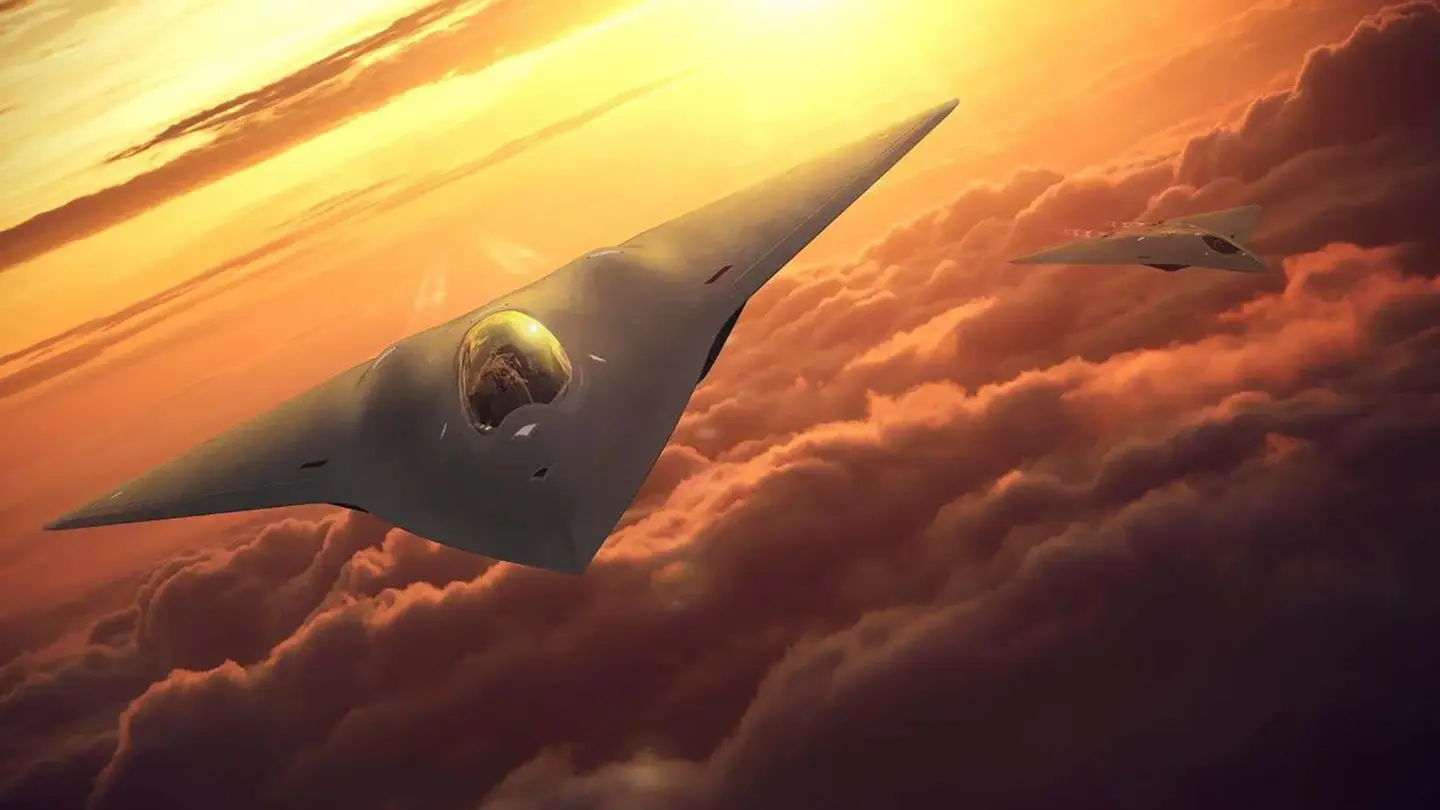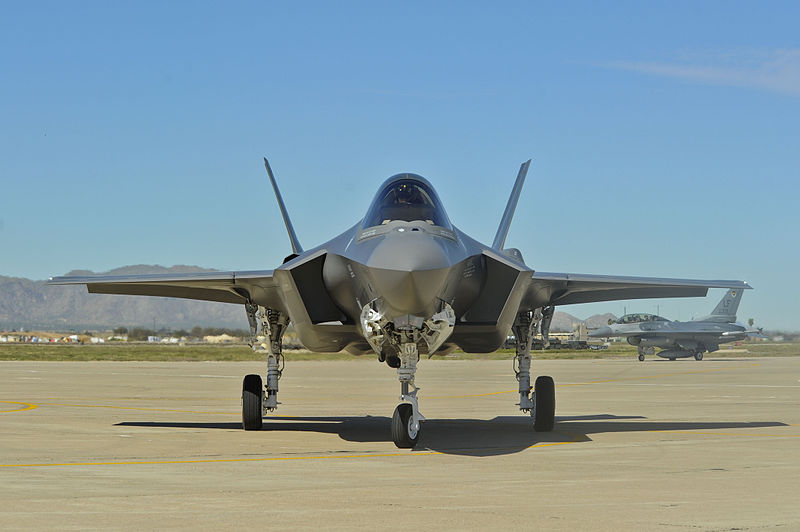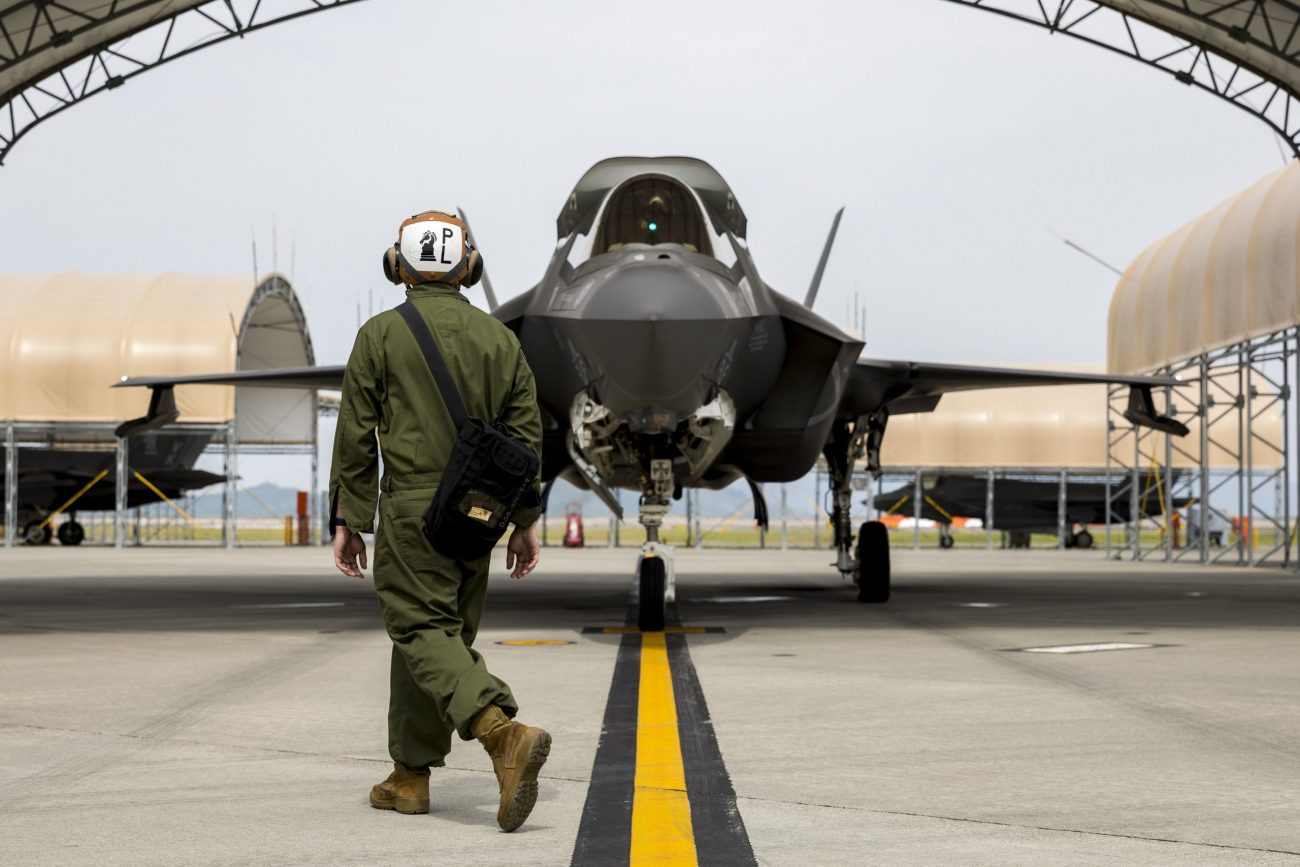A report to the US Congress on the Next Generation Air Dominance (NGAD) program recently stated that it intends to develop “a portfolio of technologies enabling air superiority.” With the expectation that it would replace the F-22 Raptors beginning in 2030, Congress has appropriated approximately $4.2 billion for NGAD six-gen fighter jet program since 2015.
- ‘Bomber Buddy’ – China Secretly Developing Loyal Wingman For Its Xian H-20, J-20 Stealth Fighters – Indian Media
- Stealth Killer! Russia’s Rezonans-NE Radar That Can Track F-35 Jets Deep Inside Finland & Norway Begins Construction — Reports
The NGAD is a large-scale, multi-faceted endeavor to produce next-generation tactical air combat capabilities specifically refined to battle deep in contested territory.
A sixth-generation crewed jet won’t be a traditional fighter design and would have various drones designed to work together. This “family of systems” initiative also includes new weapons, sensors, networking, and battle management capabilities.
Air Force Secretary Frank Kendall recently revealed that the NGAD System wouldn’t follow the early schedule that called for new versions to be fielded every five years since that would be too complex. Even though the program has entered formal development, it is still in the competition.
In April 2022, Kendall said that the NGAD would cost multiple hundreds of millions of dollars in an appearance before the House Armed Services Committee. While he did not specify a figure, the NGAD is expected to be the most expensive aircraft program in history.

The NGAD is likely several times more expensive than the F-35A fifth-generation jet that is currently on order. With a cost of around $130 million each, the F-35B is currently the most expensive fighter jet in production.
Each aircraft is designed specifically for short takeoffs and vertical landings. It is being purchased in modest numbers for use aboard aircraft carriers.
In contrast, the F-35A was created to be a low-cost fifth-generation aircraft that American allies and the Air Force could buy in huge numbers. Given that each airframe costs roughly $80 million, it is the most affordable variant of the F-35 fighter in terms of the acquisition cost.

Older fourth-generation F-15s, Rafale fighters, and European fourth-generation Eurofighters all have substantially less powerful engines and fewer essential capabilities, including stealth, but they cost much more.
The F-35’s operational cost is significantly more than expected; its unreliability in even medium-intensity combat, continued performance concerns, harsh criticism from Pentagon Officials, and other factors have raised the potential of drastically reducing the numbers manufactured.
The Challenge To American Air Dominance
During the nearly two-hour House Armed Service Subcommittee on Readiness on April 28, US lawmakers criticized the F-35 Joint Program Office for the underperformance of the F-35 stealth fighter jets, as reported by EurAsian Times.
Further, the mission-capable minimum performance target for the three variants in FY2021 was not met by at least nine percentage points, according to the Government Accountability Office (GAO) report.
If an aircraft is safe to fly and can complete at least one assigned mission, it is said to be “mission capable.”
While the F-35 is currently being produced at nearly 150 fighters a year, the upcoming sixth-generation fighter may see less than 200 fighters built over their entire production time – possibly even under 100.

With most American air power’s challenges coming from ground-based air defense networks rather than enemy fighter jets, the F-35 is primarily designed for air-to-ground operations and is suitable for air defense suppression.
However, the F-35 is not particularly suited to engaging high-performance enemy air superiority fighters. There aren’t many threats from high-performance fifth-generation jets geared for air domination because Russia has delayed its Su-57 program and has canceled the promising Soviet MiG 1.42 program.
Besides the F-35, China’s J-20 fighter jet is the only fifth-generation aircraft in production and fielded at squadron-level strength. It poses a very potent peer-level challenge to the American air superiority, primarily intending to defeat the Next Generation Air Dominance Fighter.
However, the export of the J-20 and the materialization of the Su-57 into a similar challenge remain uncertain.
NGAD Could Be Fewer & Costlier
The number of NGAD fighters is expected to be constrained by the limited number of high-performance air superiority fighters fielded abroad and its cost. The number built will most likely depend on their cost and the Pentagon’s threat perceptions.
The ‘hundreds of millions’ for each fighter that the Air Force Secretary hinted at could be between $300 million and $900 million per airframe, with additional costs for spare parts, maintenance infrastructure, and accompanying ‘wingman’ drones.
The loyal wingman drone or an adjunct aircraft would complement the manned sixth-generation fighter and protect it and the pilots in combat. The US is working on the project diligently alongside this manned aircraft.

Additionally, the running expenditures of NGAD will significantly increase the cost of each airframe throughout its lifetime and most certainly surpass the acquisition cost of the aircraft. It is the case with most of the current fourth and fifth-generation fighter jets in the US Air Force.
A fleet of well under 100 airframes is likely if the NGAD has a manufacturing to operational costs ratio similar to that of the F-22 Raptors that the former aims to replace. However, a fleet of nearly 200 fighters or slightly more would be a high possibility only if it can have lower operational costs than the Raptors.
Over and above that, an important question still needs to be answered — if the NGAD will be the first fighter of its generation to enter service. US officials are unsure whether the NGAD will be the first fighter to enter service or whether a rival Chinese program will do so first.
- Co-Authored By Aerospace and Defence Analyst Girish Linganna and ET Journalist Sakshi Tiwari
- Contact the author (s) at sakshi.tiwari9555@gmail.com and girish@addengineering.co.in
- Follow EurAsian Times on Google News




